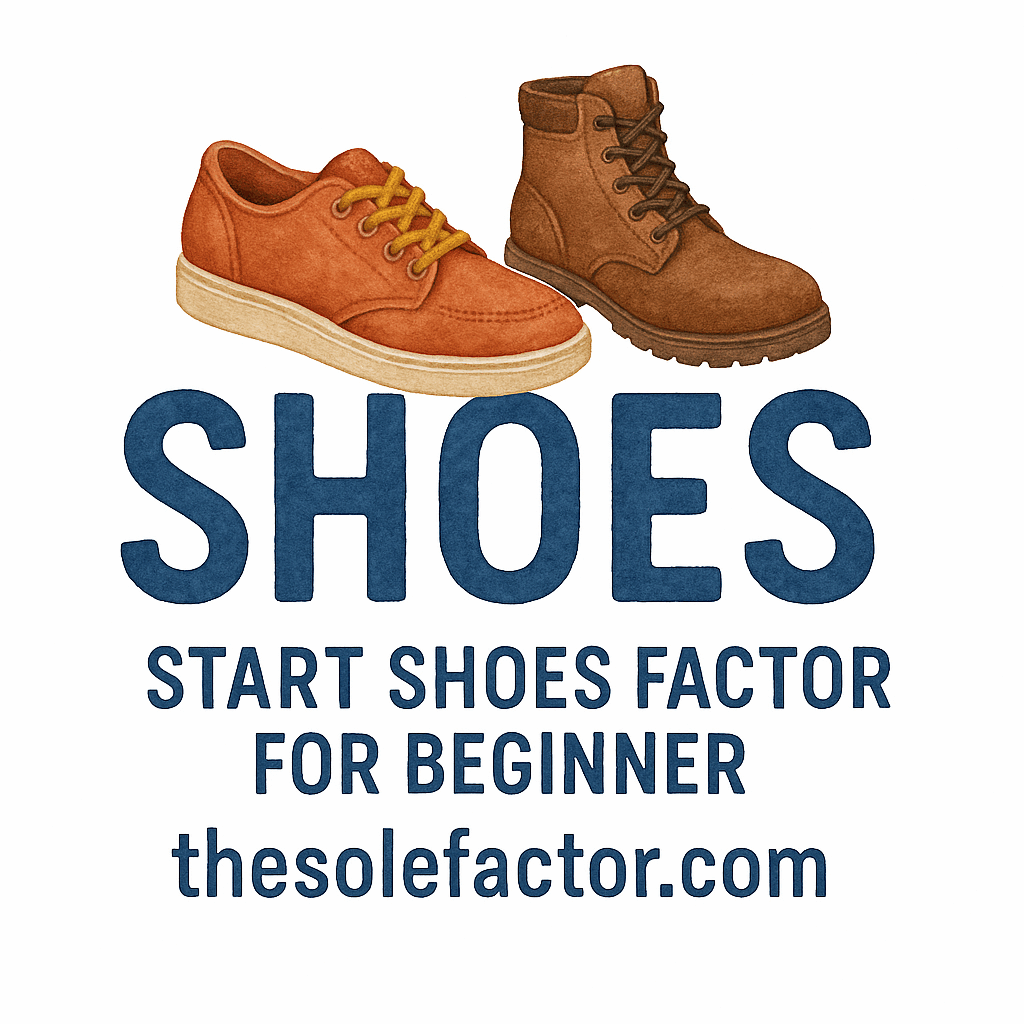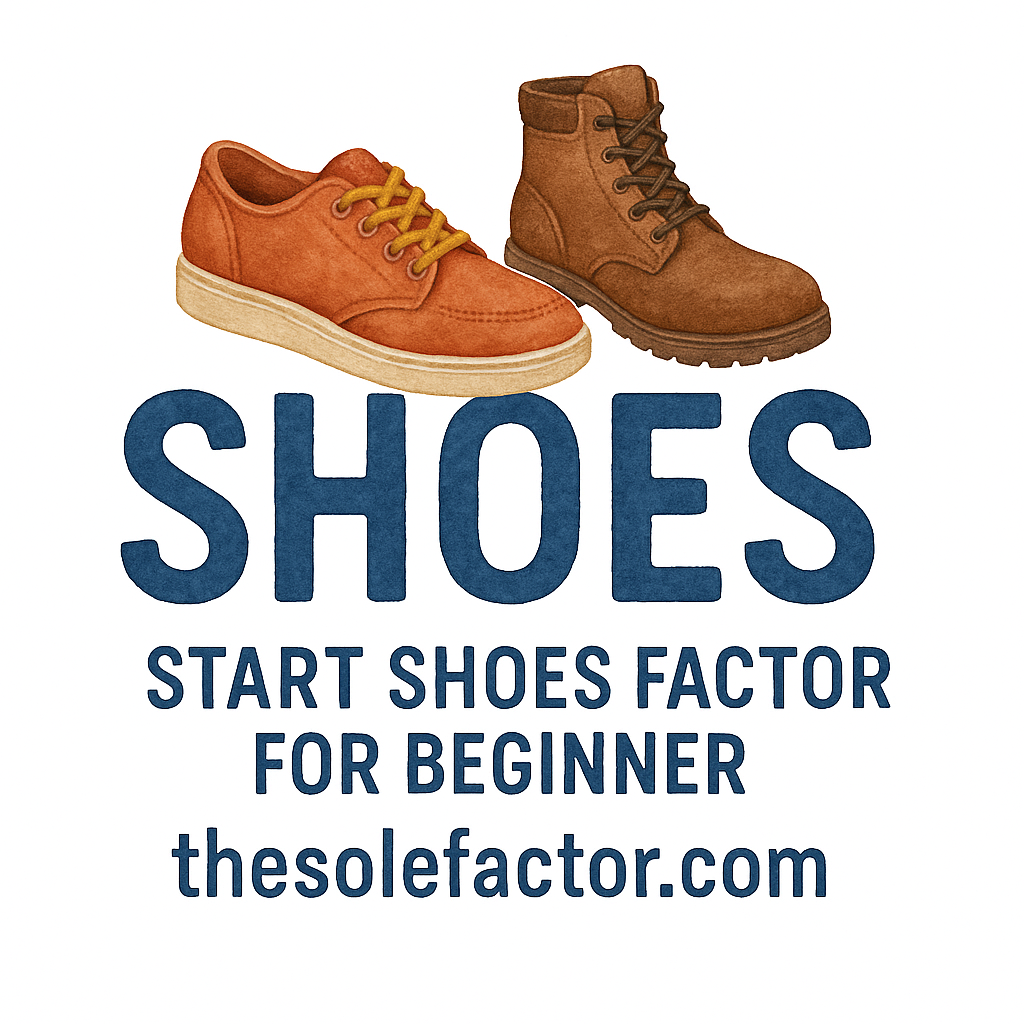Starting a shoe factory is more than stitching leather and rubber together—it’s a business venture that needs clear direction, smart strategy, and a deep understanding of the industry. Whether you’re launching your own line of high-end sneakers or a budget-friendly footwear brand, a solid business plan will be your foundation. Let’s walk through the 12 essential steps to write a shoe factory business plan that sets you up for long-term success.
Why a Business Plan Is Crucial for Your Shoe Factory
Think of your business plan like a GPS for your journey in the shoe manufacturing world. Without it, you’re running blind. A detailed plan helps you:
- Clarify your vision
- Secure funding
- Attract partners
- Avoid costly mistakes
- Stay on track as you grow
Need a deeper dive into shoe factory basics? Check out this guide on Shoes Factory Basics.
Step 1: Define Your Business Vision
What’s Your Long-Term Goal?
Your business vision isn’t just about making shoes—it’s about why you’re making them. Are you trying to disrupt the athletic wear industry? Offer sustainable options? Cater to niche fashion?
Defining your vision gives direction to your entire plan and will influence every decision from production to branding.
Step 2: Conduct Market Research
Know Your Competitors
Before jumping in, you need to understand who you’re up against. Are your competitors local or global? Are they excelling in price, style, or durability?
Understand Your Target Audience
Are you serving teens who want trendy kicks or workers who need steel-toe boots? Tailor your research to uncover what matters to your ideal customer.
Explore more on market planning for insights.
Step 3: Choose a Niche in Shoe Manufacturing
Sports, Fashion, or Safety?
Specializing gives your brand an edge. Consider niches like:
- Athletic wear
- Casual fashion
- Luxury leather
- Eco-friendly footwear
- Industrial safety shoes
Your niche will shape your marketing, production, and even choice of materials.

Step 4: Craft a Brand Identity
From Logo to Language
Your brand is more than your name—it’s your story, visuals, messaging, and values. Develop a brand that resonates with your target market.
Need help? Here’s a guide on branding and promotion that’s perfect for startups.
Importance of Branding in the Shoe Industry
In a saturated market, your brand makes you memorable. Good branding builds trust, fosters loyalty, and helps you stand out from the crowd.
Explore trending topics on branding at #branding.
Step 5: Detail Your Product Line
Shoe Types and Styles
Decide on your core product range. Will you offer:
- Loafers
- Sneakers
- Boots
- Sandals
- Heels?
Innovation & Trends
Don’t just copy—innovate! Follow Shoe Design Trends to stay ahead.
Step 6: Develop a Marketing & Promotion Strategy
Online and Offline Channels
Use a mix of:
- SEO and content marketing
- Social media advertising
- Trade shows
- Local events
- PR and influencer campaigns
Utilizing Social Media for Shoe Brands
Platforms like Instagram and TikTok are goldmines for shoe brands. Showcase your products, engage with followers, and run ads to boost awareness.
For more, see #promotion and #social-media.
Step 7: Set Up Your Operations and Production Plan
Factory Layout and Equipment
Plan your factory layout for efficiency. Define workstations for cutting, stitching, assembling, and packaging.
Hiring and Workflow
You’ll need skilled labor—designers, machinists, QA experts. Build a workflow that maximizes productivity without compromising quality.
Check operations and finance and #factory for guidance.
Step 8: Build Your Financial Plan and Budget
Startup Costs
Calculate:
- Equipment
- Rent
- Initial inventory
- Licenses
- Branding
Use this Budgeting Guide for help.
Monthly Operating Expenses
Factor in:
- Salaries
- Utilities
- Maintenance
- Marketing
- Materials
Break-even Analysis
How many shoes do you need to sell before turning a profit? Map out cash flow and set realistic financial goals.
Also visit Finance Planning for more insight.
Step 9: Choose the Right Equipment and Technology
Automation and Footwear Machines
Modern footwear production relies heavily on machines—cutting machines, molders, stitching devices. Invest in the right production equipment to scale efficiently.
Explore relevant content at #equipment and #machines.
Step 10: Set Up Legal and Administrative Framework
Licenses, Permits & Regulations
You’ll need:
- Business license
- Trademark registration
- Import/export permissions (if applicable)
- Labor law compliance
Work with a lawyer to get your legal ducks in a row.
Step 11: Create a Supply Chain and Distribution Strategy
Raw Materials and Vendor Management
Establish relationships with reliable suppliers. Consider backup vendors for emergencies.
Shipping & Logistics
Decide how you’ll deliver products: directly, via retailers, or through e-commerce.
Explore #partnerships and #planning for deeper strategies.
Step 12: Review and Update Your Business Plan
Your shoe factory business plan is a living document. As your business grows, revisit and revise it regularly. Track KPIs, reassess goals, and refine your strategies.
See tips on decision-making and long-term business growth.
Conclusion
Starting a shoe factory isn’t just about creating a product—it’s about building a brand, a team, and a vision. With a detailed business plan, you can turn your big idea into a thriving business. These 12 steps are your blueprint. Remember, you don’t have to do it all alone—use resources like The Sole Factor to guide your journey and connect with a network of like-minded entrepreneurs.
FAQs
1. What are the main costs involved in starting a shoe factory?
Startup costs include equipment, materials, rent, licenses, branding, and initial salaries.
2. How do I choose a profitable niche in shoe manufacturing?
Research market trends, consumer demands, and competitor gaps. Pick a niche that aligns with your strengths.
3. What kind of equipment do I need?
Essential machines include cutting presses, sewing machines, molders, and finishing tools. Visit Production Equipment for more.
4. How long does it take to break even?
Depending on your scale and sales, most shoe factories break even in 12–24 months.
5. How can I promote my shoe brand effectively?
Use SEO, influencer marketing, social media, and attend trade shows. See more at Marketing & Branding.
6. Do I need a team or can I start solo?
You can start solo with outsourcing, but a core team is crucial for growth and efficiency.
7. Where can I learn more about factory operations?
Visit Shoes Factory Basics and Operations & Finance for detailed guides.


